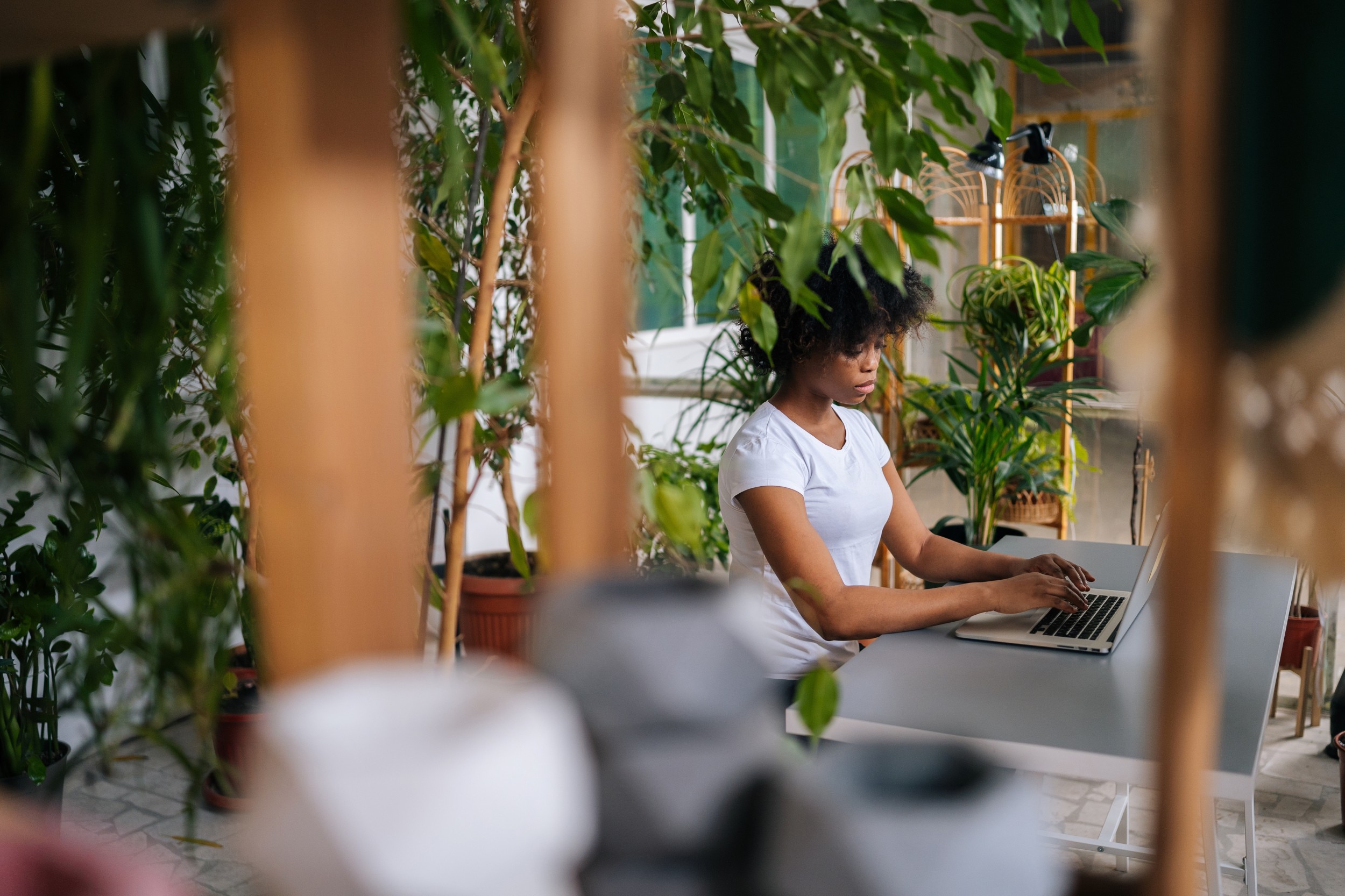Biophilic design is making people across the globe happier – and it has been doing so for decades, despite having only risen to prominence in recent years.
The origins of biophilia
Popularised in 1985 by E.O.Wilson – renowned biologist, naturalist, entomologist, writer, and University Research Professor Emeritus at Harvard – the concept underpins humans’ innate affinity for life, exploring our tendency to seek more intimate connections with nature.
Wilson certainly wasn’t, however, the first to use this term. Just a few years prior, in 1973, saw the coining of the biophilia hypothesis – by German-born American psychoanalyst, Eric Fromm, in The Anatomy of Human Destructiveness.
Mirroring the later sentiment posed by Wilson, Fromm described the phenomenon as “the passionate love of life and of all that is alive”. This supposedly manifests as the “wish to further growth, whether in a person, a plant, an idea, or a social group”.
Since this period, a whole host of scientific studies have been conducted to build upon the hypothesis – with research on the notion that nature makes humans happier and healthier, continuing to stack up.
Biophilic design in practice
Playing a functional role in space planning, biophilia has been an integral component of architectural design for some time – in relation to natural lighting, ventilation, and private outdoor green spaces, amongst other factors. But it is perhaps biophilic aesthetics that caused earlier surges in interest, among corporate and residential consumers alike.
Some of the most iconic examples include palm print wallpaper, indoor hanging plants, and oversized glass windows. But from earthy tones and neutral hues, to organic materials and more dynamic textures, the coexistence of nature and interior design has continued to evolve. Even with the constant influx of home decor micro-trends and upswings of innovation, biophilia is a concept that maintains its well-earned seat at the table.
What’s important though, is that simply integrating outdoorsy-looking pieces won’t suffice. A more sophisticated, and accurately-depicted biophilic interior should feature both direct and indirect elements.
Where direct experiences refer to tangible contact with natural features – such as weather, wildlife, and natural landscape – indirect attributes encompass intimacy with natural representation. This would be, for example, naturalistic shapes, simulations of light and air, or even mentally stimulating materials.
The well-being benefits associated with biophilia
Research into three overarching mind-body systems – cognitive, psychological, and physiological – explain the correlation between our health and wellbeing, and our environment.
Routine connections with nature not only improve mental and emotional restoration – meaning improved cognitive performance, as well as lower instances of tension, anxiety, fatigue, confusion, and general mood disturbance – but also work to expedite healing, lower blood pressure and heart rate, and boost creativity.
Hammering home the green agenda
With more fingers on the sustainability pulse, the benefits of increased biodiversity, reduced carbon footprint, and conservation of natural resources have grown significantly in appeal too.
Use of sourced, organic materials – like wood fibre, wool, leathers, and stones – as well as additions of plants and water features, can help reduce a dwelling’s carbon footprint, regulate the temperature of the property, conserve resources, and increase biodiversity.
Want to see which properties in Huddersfield and Holmfirth might appeal to biophilia fanatics? Get in touch, and we’ll talk you through some of our listings.
And don’t forget to follow us on Instagram, Facebook, LinkedIn, and Twitter for more.

